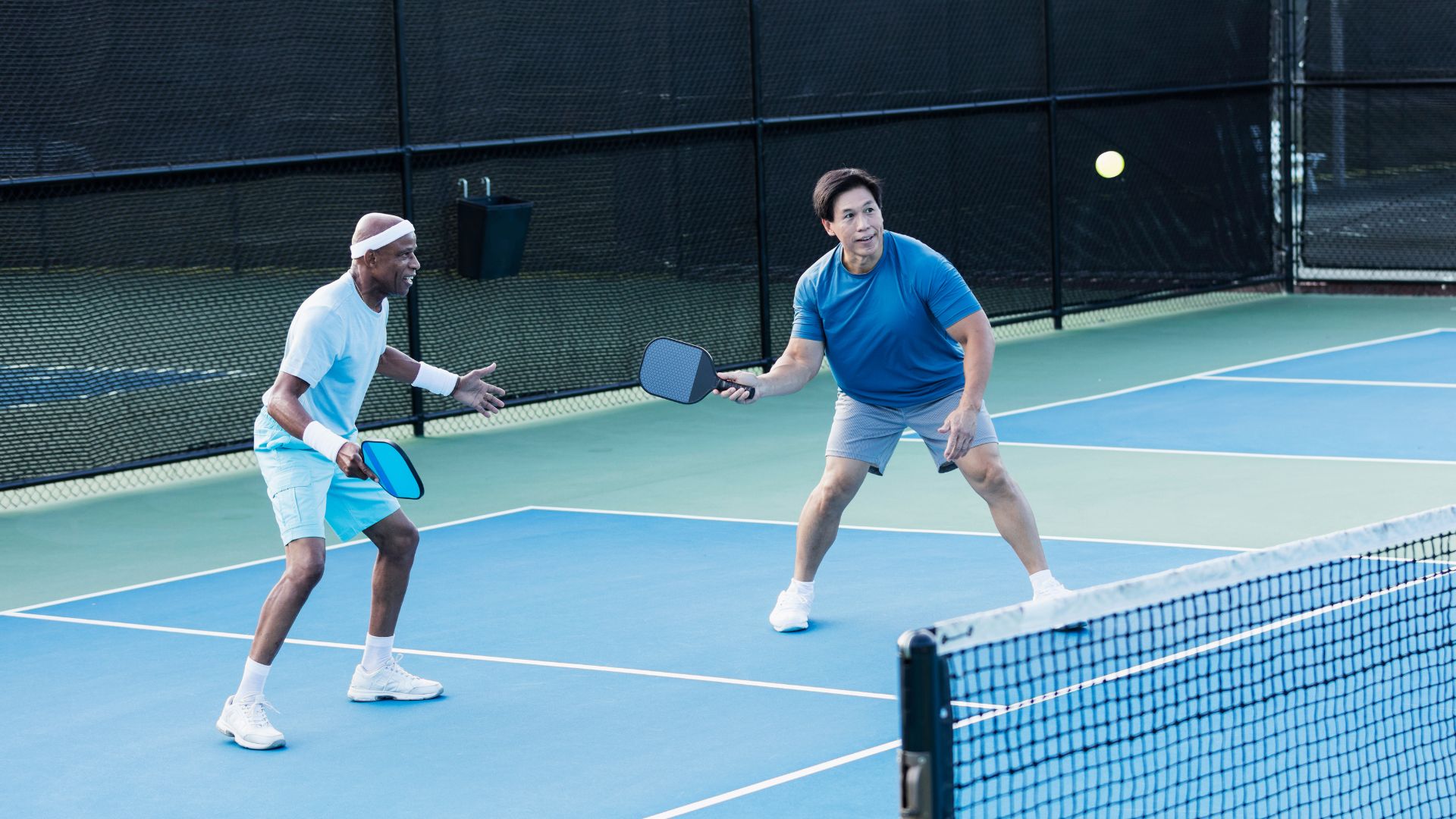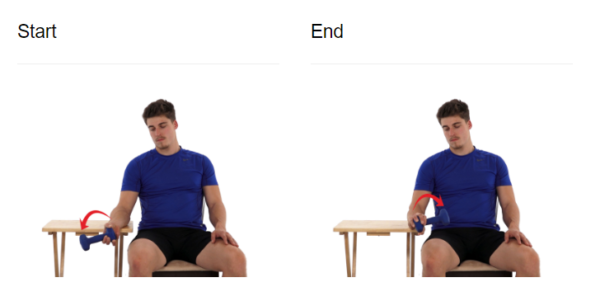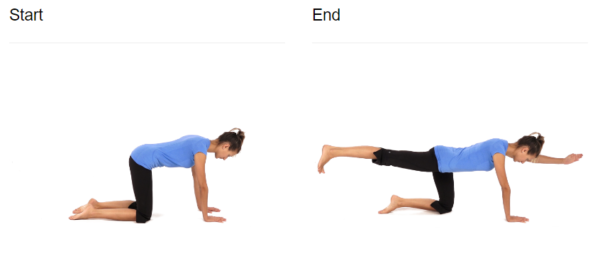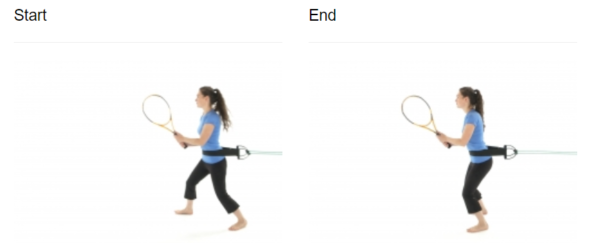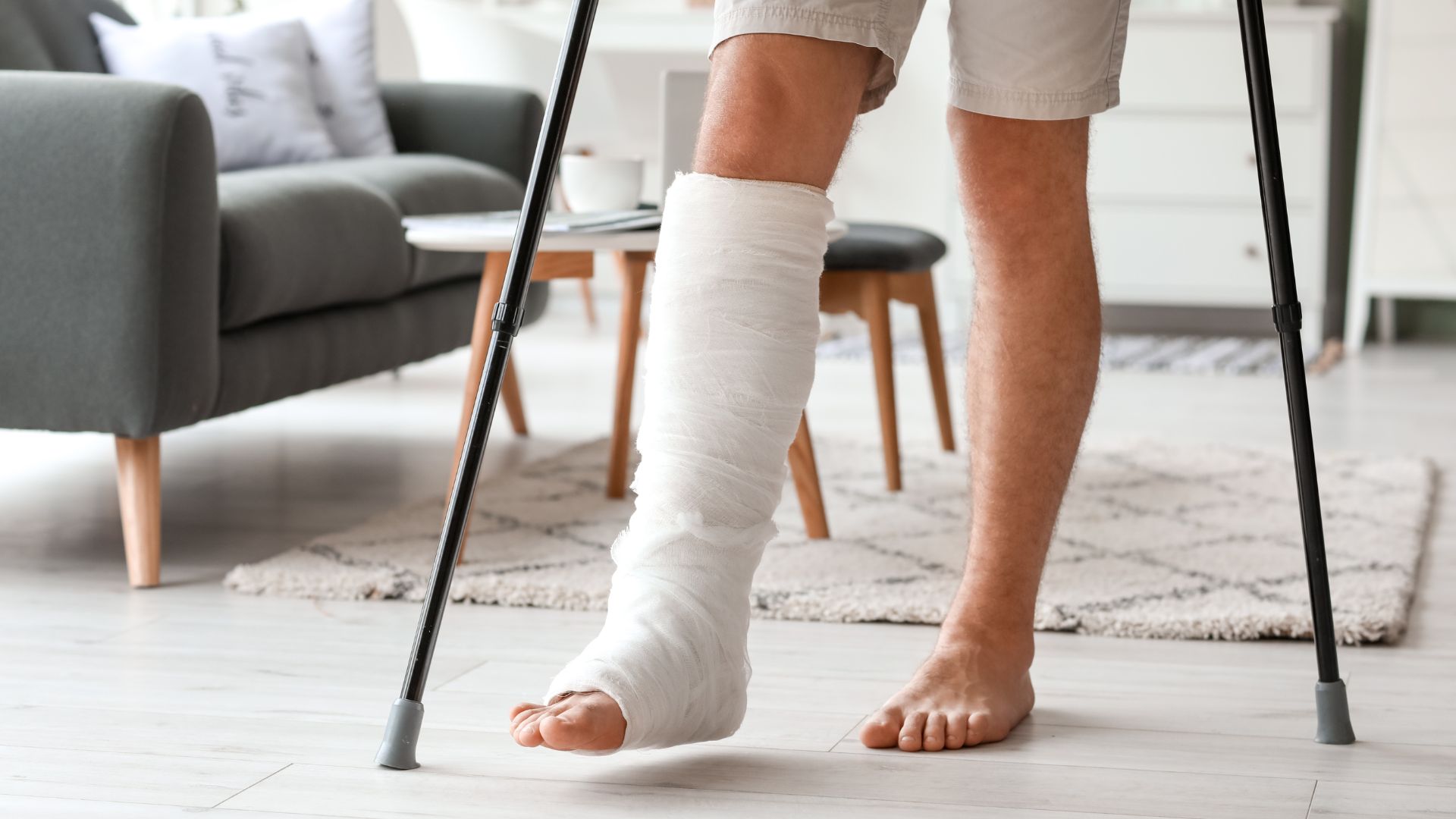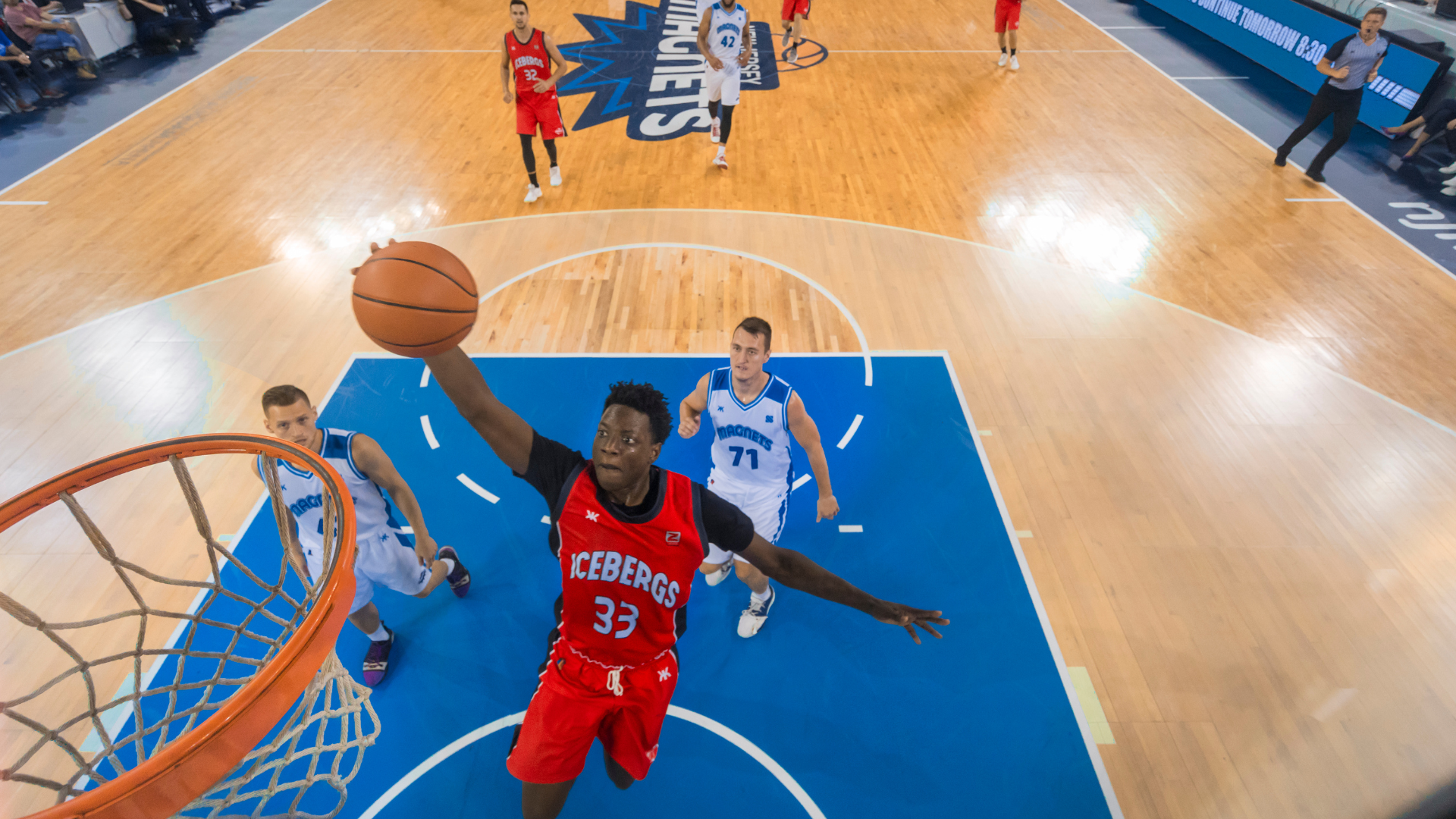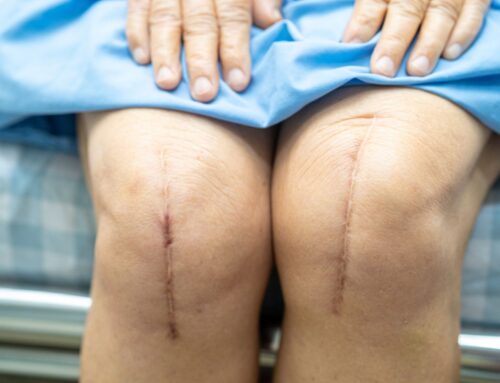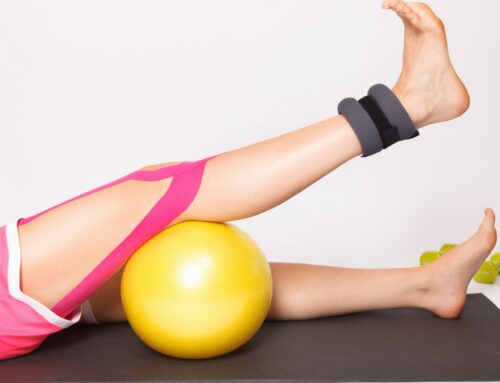Racquet sports are among some of the most popular and fastest growing physical activities around the world. In addition to requiring very little equipment, they can be modified to most fitness levels and abilities. They also offer a full body workout that can reduce your risk of cardiovascular disease.
Researchers from the National Institutes of Health recently studied the impacts of regular participation in leisure activities. They found that playing racquet sports was associated with the greatest reduction in the risk of “death from any cause” among older adults. Specifically, the risk of “death from heart disease” was reduced by 27% among the individuals surveyed.
However, like any physically demanding sport, racquet sports can lead to injuries that affect players of all skill levels. In this blog, we discuss the most common injuries associated with racquet sports and physiotherapy treatment approach for each. Additionally, we conclude with warm-up exercises and preventive measures to keep you safe and thriving on the court.
Table of Contents:
- What is a racquet sport?
- Common racquet sports injuries
- Racquet sports injury treatment
- Racquet sports injury prevention
- Conclusion
What is a Racquet Sport?
Racquet sports are a group of dynamic net and wall games that involve hitting a ball or shuttlecock with a racquet. They are typically played on a defined court and are score dependent rather than time dependent.[i]
Racket sports have strengthening benefits for both upper and lower body. The arms are involved in swinging the racket and hitting the ball while the legs help you move in every direction to reach the ball.
Fast-paced with quick lateral movement, racquet sports offer a good cardiovascular workout. Moving both back and forth and side to side helps improve balance and weight shifting, which can lower your risk of falls.[ii]
This kind of activity also exercises your mind. From a cognitive standpoint, it sharpens your planning and decision-making skills, as you must constantly anticipate and execute your next shot.[ii]
Racquet sports also easily accessible and have a strong social aspect making them ideal for anyone from kids to seniors.
The most common racquet sports include: tennis, table tennis, pickle-ball, squash, and badminton.
Common Racquet Sports Injuries
Acute and overuse injuries can both occur in racquet sports. Overuse injuries are most prevalent among racquet sports due to the repetitive nature of their movements. Studies suggest that approximately 66% of musculoskeletal injuries in these sports are a result of overuse.[i]
The lower limbs are particularly susceptible, accounting for anywhere from 58% to 92.3% of all musculoskeletal injuries in racquet sports.[i] Repetitive jumping, sudden changes in direction, and high impact place significant stress on the lower limbs.
Symptoms can include: tenderness of the knee around the lower part of the knee cap, pain with bending and straightening the knee and pain with movements such as running and jumping.
Commonly reported injuries include ankle sprains and patellar tendinopathies:[iii]
Ankle sprains occur when the ligaments surrounding the ankle joint are stretched or torn due to sudden twisting or rolling of the foot, causing pain, swelling, and reduced range of motion.
Patellar tendinopathies, also known as jumper’s knee, involve inflammation or degeneration of the patellar tendon, leading to pain and reduced function.
The fast-paced nature of racquet sports and their quick lateral movements put players at a higher risk of such injuries. This underscores the importance of proper training, conditioning, and injury prevention strategies.
Upper limb overuse injuries also commonly reported include lateral epicondylitis and rotator cuff tendinopathies:[iv]
Lateral epicondylitis, also known as tennis elbow, results from repetitive stress on the forearm muscles and tendons due to the constant gripping and swinging of the racquet. The condition will likely result in the outer part of the elbow, the bony bump on the outer elbow, becoming painful and tender. You may also experience a weakened grip, pain with twisting and bending your arm and swelling in the area.
Rotator cuff tendinopathy is a common condition that affects the tendons of the rotator cuff, a group of four muscles that stabilize the shoulder joint. The rotator cuff tendons are responsible for facilitating various shoulder movements and maintaining joint stability.
During a racquet sport match, a lot of repetition and force is generated through the shoulder as it is involved in all strokes in the sport and is particularly prone to injury during the serve and overhead motions.[iv] This can result in injuries such as rotator cuff tendinopathies.
Tendinopathy refers to a problem with a tendon, often characterized by degeneration or damage due to repetitive stress or overuse. In the case of rotator cuff tendinopathy, the tendons become inflamed, irritated, and may show signs of degeneration over time. Aging and natural wear and tear can also contribute to the development of tendinopathy.
Racquet Sports Injury Treatment
Physical therapy plays a crucial role in the treatment and rehabilitation of racquet sport-related injuries. During your physical therapy care you can expect education on your condition, symptom management and exercise prescription. However, specific treatment plans will vary and it is therefore important you consult your own healthcare team.
Education on Injury Severity
Physical therapists are well educated in the field of musculoskeletal rehabilitation and can help educate you on your injury severity and establish a timeline for your return to activity. The goal is to help you establish realistic expectations for your recovery and empower you to take an active role in your recovery.
Additionally, this understanding can help you make informed choices on precautions you can take to avoid causing harm or delay your recovery, as well as reduce the potential anxiety and fear associated with the lack of information about your injury.
Symptom Management
A physical therapist can help you manage the pain and swelling associated with these common injuries. They can provide hands-on techniques such as joint mobilization and soft tissue massage to relieve muscle tension and reduce pain and swelling.
Physical therapists can also prescribe therapeutic exercises designed to address the biomechanical issues contributing to the pain. They can employ symptom relief modalities such as heat or cold therapy, electrical stimulation, ultrasound, or TENS (Transcutaneous Electrical Nerve Stimulation) to provide temporary pain relief and reduce inflammation.
It’s essential to remember that each person’s pain management plan will be unique, as it depends on their specific condition, medical history, and response to treatment.
Activity Modification
Your physical therapist will likely have a discussion on activity modification with you. The goal of modifying your activity is to help you manage pain, promote healing, and prevent further injuries. This can include discussion on reducing the intensity or frequency of activities that aggravate the pain while still maintaining some level of activity, and guidance on how to gradually regress and progress your activities to avoid overexertion and flare up of symptoms.
Exercise Prescription
Tailored exercise prescription serves as an effective intervention to facilitate your recovery and improve your overall physical function. Your physical therapist will conduct a thorough assessment on your functional capabilities including the strength of specific muscles and available range of motion of certain joints.
Prescribed exercises are intended to target weak muscles that may have contributed to the injury and promote improved range of motion to optimize your ability to function at the level you desire. Through tailored exercise prescription, the goal is to help you move in ways that minimize strain, decrease risk of injury exacerbation and reduce the risk of future injury.
Racquet Sports Injury Prevention
Preventing injuries is always better than treating them. Listed below are a few tips that you can follow to help reduce your risk of injury during racquet ball season.
1) Try adding the following exercise into your exercise routine. Hold a weight in your hand and rotate your forearm, switching from a supination (palm up) grip to a pronation (palm down) grip. Complete 3 sets of 12 repetitions on each arm. Start with a lighter manageable weight and work your way up!
2) Consider adding core stability training exercises into your daily routine. Try the bird dog exercise shown below every morning for 4 sets of 10 repetitions with 5 second holds in the end position. Alternating sides as you go and totaling 20 repetitions on either side.
3) Considering adding this 4-way tennis drill into your warm-up before you play. Start with a band around your waist behind your back: 1) Take a step forward, then come back, 2) Turn to one side and take a step, then come back, 3) Face the band then step backward and come back, 4) Finish by stepping backward laterally. Be sure to keep a slight bend in your knees.
4) Ensure your equipment is appropriate for you. For example, if you are a relatively new to the sport consider using a lighter racquet to allow your body to acclimate to the sport appropriately.
Conclusion
This article has highlighted various forms of racquet sports, the common injuries associated with the sports and what general themes one can expect when seeking physical therapy treatment for their racquet sport injuries. Additionally, a few tips have been included for your consideration to help you minimize your risk of future injury. Remember to always consult with a healthcare professional before beginning any new activity or treatment regimen. Play safe and play smart!
For more information about racquet sport injury rehabilitation or injury prevention, feel free to contact us for a complimentary consultation with one of our therapists.
References
[i] Hassan IHI. Common injuries in racket sports: A mini review. OOIJ. 2018;1(4). doi:10.31031/OOIJ.2018.01.000519
[ii] Racket sports serve up health benefits, Harvard Health Publishing, Harvard Medical School
[iii] Pardiwala DN, Subbiah K, Rao N, Modi R. Badminton injuries in elite athletes: A review of epidemiology and biomechanics. Indian J Orthop. 2020;54(3):237-245. doi:10.1007/s43465-020-00054-1
[iv] Alrabaa RG, Lobao MH, Levine WN. Rotator cuff injuries in tennis players. Curr Rev Musculoskelet Med. 2020;13(6):734-747. doi:10.1007/s12178-020-09675-3
Written by

